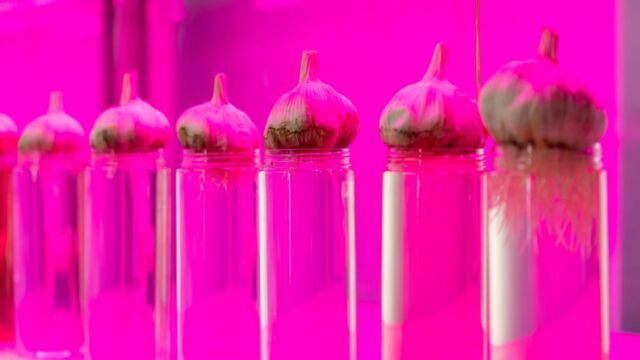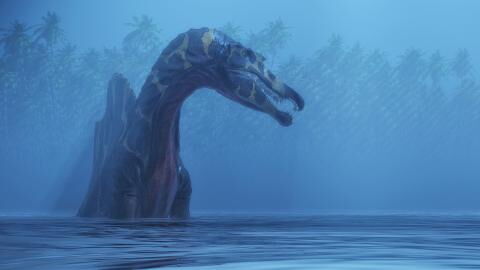It is a clever and mysterious relay race that has been going on since 1879 from one botanist to another at Michigan State University, reports the New York Times. That year, William James Beadl collected thousands of seeds from various weeds in and around East Lansing, Michigan. He stored them in bottles and buried them in a secret location on the college campus. The question on his mind: would they still grow after years, decades, even centuries of dormancy?
Discover our latest podcast
TITLE
Since then, every twenty years (with some variations over time), the researchers in place pass the word around, dig up a bottle with the help of a paper map (a real treasure hunt!) and plant its contents. In 2021, in the role of those happy few: David Lowry, assistant professor of botany, and four other colleagues. They had the honour of getting their hands on the ultimate vial. At the end of April, they were delighted to see that the precious seeds - which had been nurtured in the university's basement laboratory - had grown into little shoots. 'It was an incredible moment,' Professor Lowry told The New York Times.
The Beal Garden seed experiment, which began at MSU 142 years ago, is one of the world’s oldest science experiments.
Posted by Michigan State University on Wednesday, April 21, 2021
By 11 May, eleven of them had germinated. Among them: an unidentified species, and very likely specimens of Verbascum blattaria (mullein), a large herb with yellow flowers that came out in each new round of the experiment. It will take time for the team to determine with certainty what did or did not take, the American newspaper reports. In the coming weeks, the scientists will give them additional treatments to induce them to wake up: a cold treatment, a smoke bath and a spray of a plant growth hormone.
A botanical adventure that could prove useful in many fields
What was a simple attempt to measure seed persistence in 1879 has become a more interesting experiment over the decades. With improved technology and increased knowledge, botanists can look inside seeds to see how they work, determine longevity factors and even, in some cases, revive species that seemed doomed. The lessons learned from their work could be useful in many regards, from restoring damaged ecosystems to long-term seed storage.
Now that the last bottle has been 'harvested,' the team is considering what to do next. Although the adventure is not expected to end until 2100, 'it's time' to start planning a follow-up, Frank Telewski, a professor of plant biology at the university and the longest-serving member of the experiment, told The New York Times. The principle will be the same - seeds, bottles, time - but it will be necessary to determine which species to study, and to decide whether to maintain a secret place to bury them.















